Deck & Commander Strategies
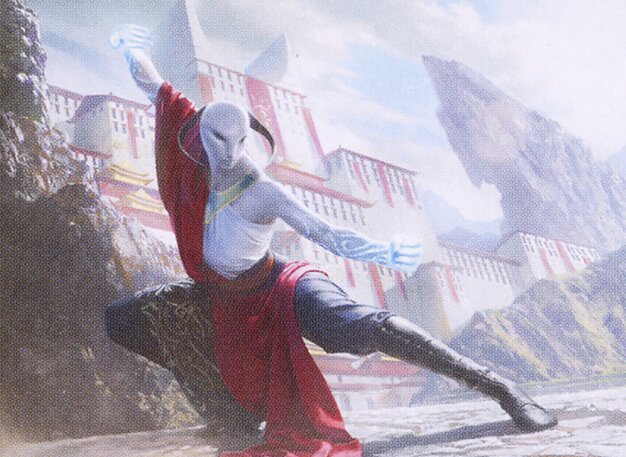
Elsha of the Infinite
Leverages artifact and spell-slinging synergies to generate value and combo potential, aiming to cast multiple spells per turn and create infinite loops for a decisive win.

Kiki-Jiki, Mirror Breaker
Focuses on creating a goblin tribal board through token generation and recursion, using goblin recruiters and ringleaders to flood the board and set up combos for a swift victory.
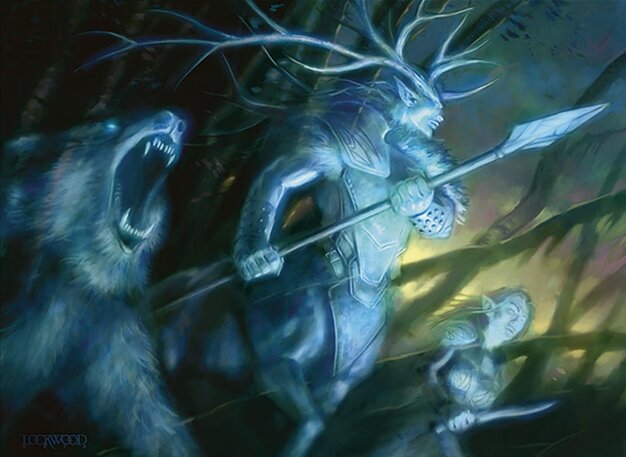
Karador, Ghost Chieftain
Utilizes graveyard recursion and sacrifice outlets to maintain board presence and pressure opponents, often building value through continuous creature recursion and disruption.
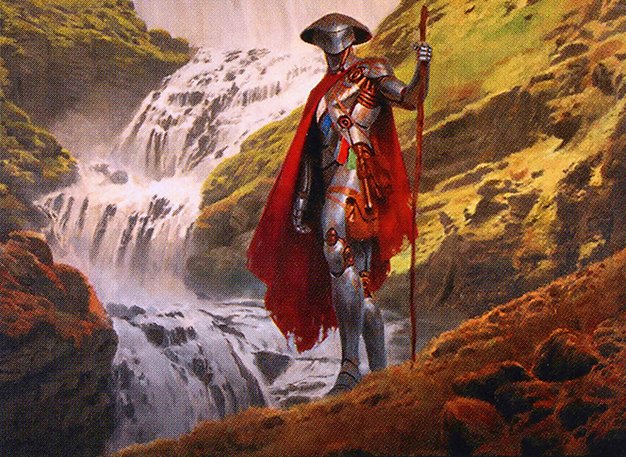
Golos, Tireless Pilgrim
Ramp-heavy land-based strategy that fetches powerful lands and value lands to generate mana advantage and control the game through land interactions and versatile spells.
Gameplay Insights
- 1
Kiki-Jiki’s use of goblin recruiters and ringleaders to rapidly flood the battlefield with goblin tokens created significant pressure and board presence early in the game.
- 2
Golos’s land ramp and value land interactions, including fetching powerful lands and using cards like Chupacabra, were essential for maintaining control and disrupting opponents.
- 3
Elsha’s artifact synergy and spell-slinging allowed for potential explosive turns, forcing opponents to consider disruption carefully.
- 4
Price of Glory was used tactically to punish opponents for tapping lands on others’ turns, slowing down ramp and tempo.
- 5
Karador’s graveyard recursion provided resilience against board wipes and allowed sustained pressure through recurring creatures.
- 6
The interaction between land destruction and ramp spells shaped the game’s tempo, with players carefully balancing aggression and disruption to set up their win conditions.
Notable Cards
-
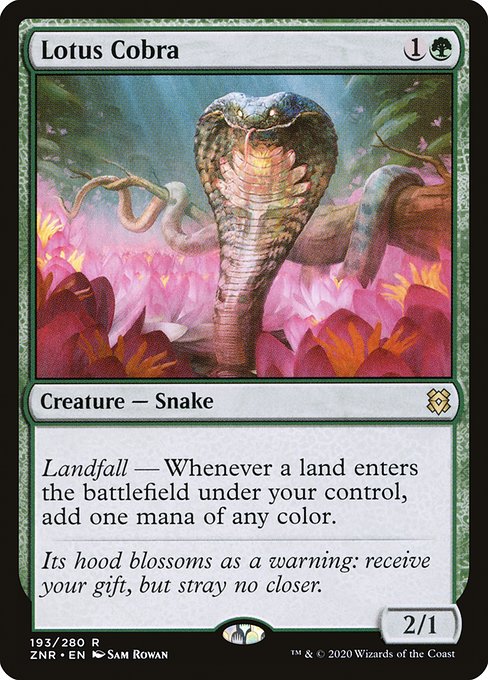
Lotus Cobra
-
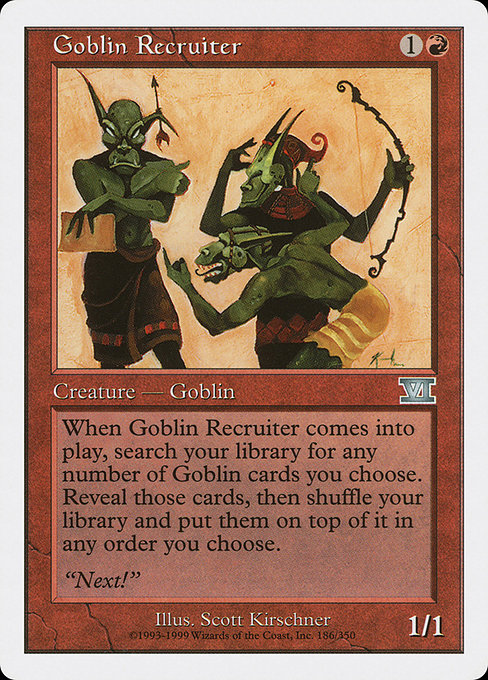
Goblin Recruiter
-
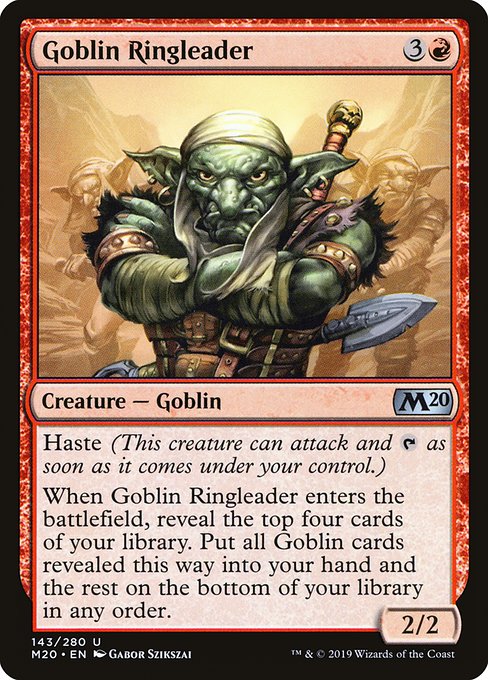
Goblin Ringleader
-
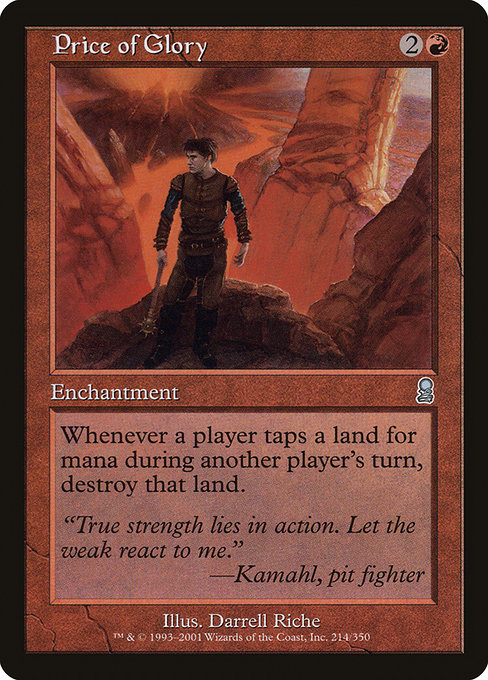
Price of Glory
-

Path of Ancestry
-
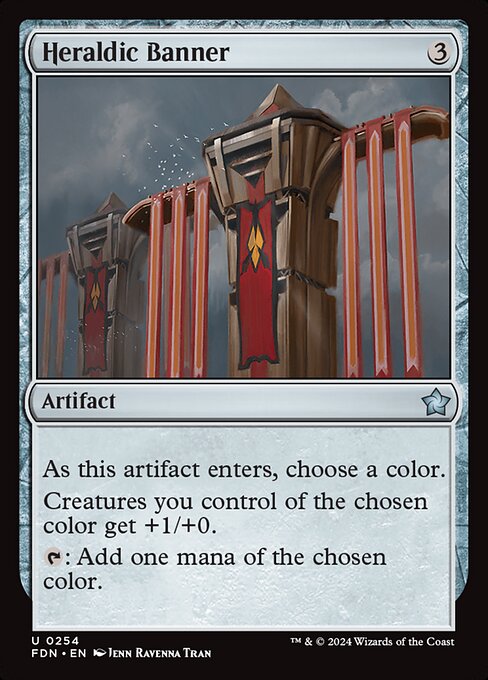
Heraldic Banner
-
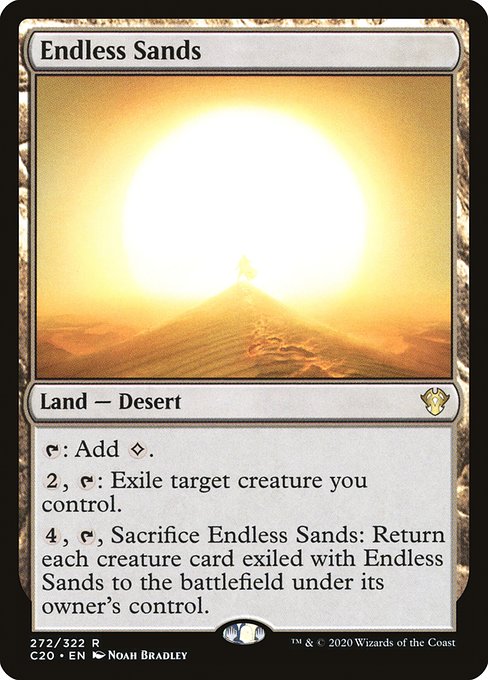
Endless Sands
-
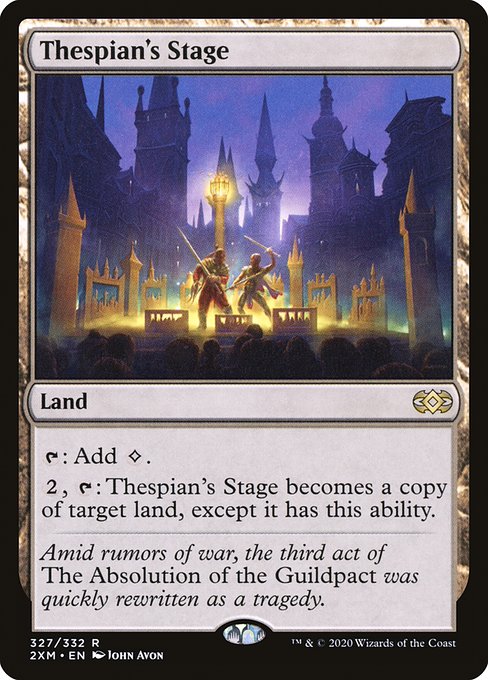
Thespian's Stage
-
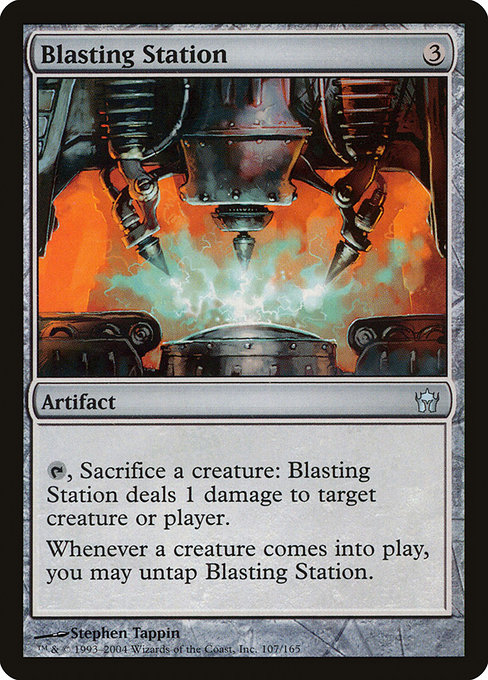
Blasting Station
Gameplay Summary
The game began with typical ramp and land development from all four players, each establishing their board states with mana accelerants like Lotus Cobra, Thespian's Stage, and various fetch lands.
Golos aggressively pursued land-based ramp and value lands, while Karador utilized graveyard recursion and sacrifice outlets to maintain board presence.
Elsha focused on artifact and spell synergy to generate value, and Kiki-Jiki aimed to assemble a goblin tribal board with multiple tokens and combo potential.
Early skirmishes involved minor damage exchanges and strategic plays such as price of glory to disrupt opponents' land drops. A key turning point occurred when Kiki-Jiki successfully cast multiple goblin recruiters and ringleaders, flooding the battlefield with goblin tokens and threatening a fast clock.
Golos tried to leverage powerful land interactions and removal spells like Chupacabra to keep the board in check.
Meanwhile, Elsha’s artifact synergy and infinite spell potential provided a looming threat.
The game’s tempo shifted as players attempted to balance aggression with disruption, with Karador’s graveyard recursion creating resilience against board wipes.
The game was marked by careful resource management, tactical land destruction, and attempts to establish combo lines, with players jockeying for position to execute their win conditions.



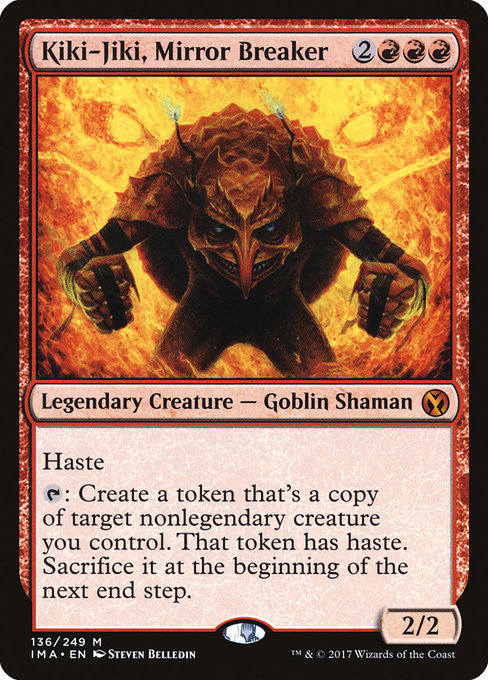

















![Commander VS S3E9: Nekusar vs Karona vs Xenagos vs Kiki-Jiki [MTG: Multiplayer] thumbnail](https://i.ytimg.com/vi/meqwIXTAv34/sddefault.jpg)






![Random Deck Roulette! [Commander VS 291] | Magic: the Gathering Commander Gameplay thumbnail](https://i.ytimg.com/vi/L2Xh88xu-bk/sddefault.jpg)
![Commander VS S17E2: K'rrik VS Gerrard VS Volrath VS Elsha [EDH] thumbnail](https://i.ytimg.com/vi/yfRsKaCJCSA/sddefault.jpg)












